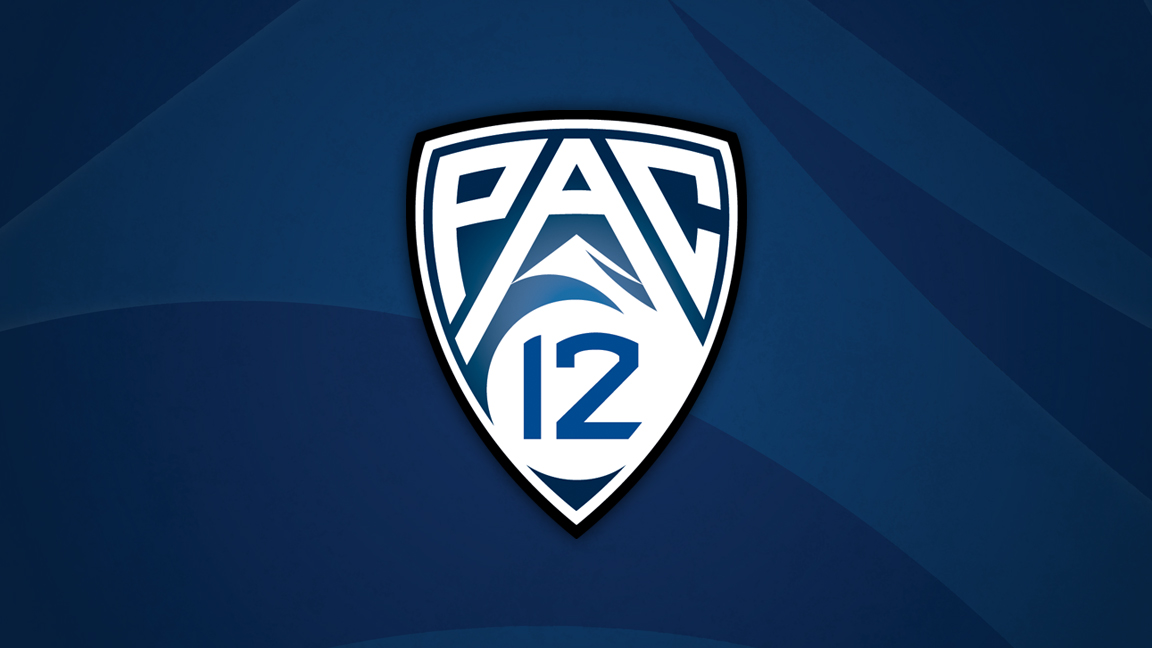
Oregon and USC are expected to battle for the PAC-12 championship in 2021. Fans who resent those two programs always being in the biggest spotlights need to brace themselves because things will probably worsen before they get better.
We can trace the origin of this situation back to last summer when FBS decision-makers chose to forge ahead with the 2020 season rather than delay the season to the Spring of 2021, as some recommended.
Because of severe cultural conditions, teams in FBS were not able to play full schedules. In a noble effort to rectify players having their playing time cut short, the NCAA decided to add a year of eligibility for all players.
However, by granting an extra year of eligibility for all players, the NCAA created a log jam. More than 2000 players who would have graduated returned to their programs, and that increased the FBS player census from 11,050 players to more than 13,000, and all are competing for the same amount of playing time as before.
Although the intent was for more playing time, overpopulation has actually decreased the per-player playing time.
Players who expected to move up in rotations this year after the seniors left discovered they have to wait another year. Those players are being compressed by seniors who didn’t leave and freshmen who just arrived.
Since all players retained their classifications from 2020, we now have two sets of freshmen in this year’s class. Two sets of freshmen mean that each team now has 50 scholarship freshmen competing for 85 spots, not to mention 75 older players who are also on the roster. So now we have teams with as many as 125 players competing for just 85 scholarships.
As things stand now, coaches must cut as many as 40 players to get down to the current scholarship cap. Many players who would otherwise have stayed on the roster and played now won’t play at all, and that is a stark contradiction to the intent to give players more playing time.
But that’s not the worst part of cutting so many players because when players are cut, so are their scholarships. History tells us that an abundance of players who lose their scholarships never finish college.
The problem has driven hundreds of players to the transfer portal where they have met disappointment.
Since last August, over 1,600 players have hit the transfer portal, and over 1,000 of them have not found teams. Those who did generally signed with teams in lower classifications. Power Five players generally signed with Group of Five teams, and Group of Five players generally signed with FCS teams. The only way others could find teams was as walk-ons which meant they had to forfeit their college scholarships to get an opportunity to play.
One Sun Belt assistant coach said that as many as 1,000 more would enter the portal in the next six weeks, and he believes that will end a lot of careers.
With 1,600 already in the portal and 1,000 more expected, each team in FBS would have to bring in 20 portal players if all transfers are to be accommodated. Of course, that won’t happen. It is estimated that about 400 will find teams while 2,200 will drop from sight.
As coach P.J. Fleck of Minnesota observed, “They think they enter the portal and are automatically going to have a scholarship. The portal isn’t something where you teleport magically to somewhere else.”
In my opinion, the NCAA lacked leadership and good judgment at the very beginning of the cultural crisis set before them. You might say, “Well, yes, but we never faced anything as big as this cultural crisis, so you can’t be too hard on them.”
Actually, yes I can.
There was a better solution. It would take some humility for FBS to acknowledge it, but it comes in three simple letters: “F.C.S.”
The Football Championship Subdivision did the wise thing. It chose to delay the start of its season until Spring of 2021. As a result, FCS teams have played full schedules, and there hasn’t been any need to extend eligibilities and overpopulate the system.
FBS could also have chosen the same option but, for whatever reasons, it decided to push ahead with the 2020 season despite the precarious conditions that faced culture at the time.
Even if FBS was unwilling to follow the lead of “little brother,” it still had a path other than Spring ball that it could have taken. Instead, it could have extended the 2020 season by 60 days which would have been enough time for all teams to play full schedules.
So what can be done now?
I believe in the next eight weeks, the NCAA will increase the cap to 100 scholarships per team. That must be done because the original intent of extended eligibility was to give more playing time. That will be defeated if coaches have to cut as many as 40 players per team, over 5,000 in all, to meet the current cap.
If they increase the scholarship cap, there is yet another problem.
Let me ask if there is a chance for teams to have more scholarships, which teams do you suppose will lobby the hardest for it? Wouldn’t it be the rich programs that can afford to pay for an increased number of scholarships rather than the poorer teams can barely afford what they have now? Wouldn’t it be the elite teams who can leverage their opulent recruiting appeal?
When this issue comes to the table, it will be those rich teams from Power Five conferences that will lobby the hardest and are likely to brandish the most influence.
If indeed the cap is raised to 100, then the rich are about to get richer while the poor are likely to get poorer.
So those PAC-12 fans who resent Oregon and USC dominating the spotlight need to brace themselves at least until 2023, when I believe the scholarship caps will be returned to normal.
In the meantime, don’t fault Oregon or USC because you know if you were in their shoes, you would lobby for more scholarships yourself. And keep in mind, those teams didn’t create this problem. The NCAA did.
I think there is a lesson we can learn from this mess, and that is, whether we like it or not, there are times we need to humble ourselves and admit it – sometimes “little brother” has a better idea.




